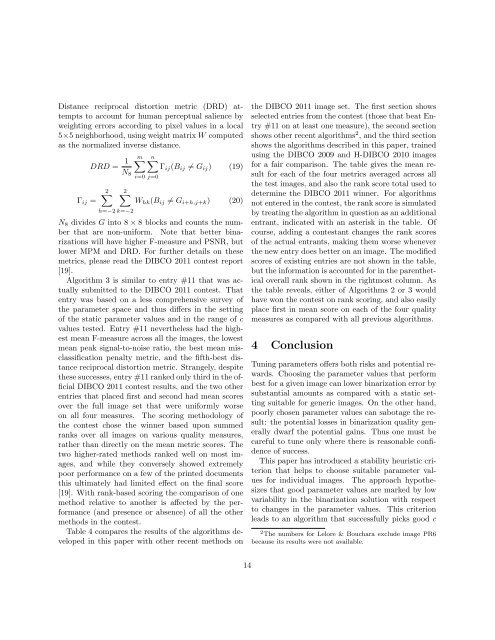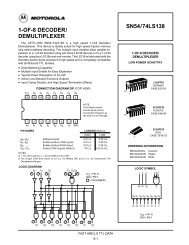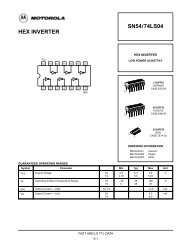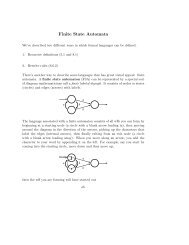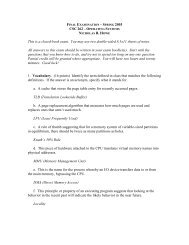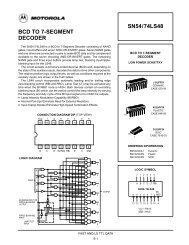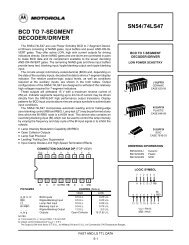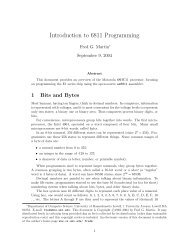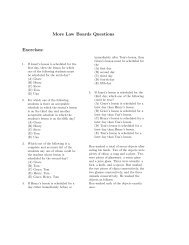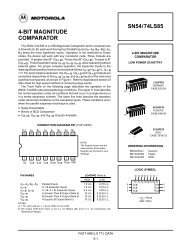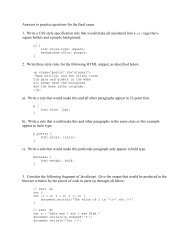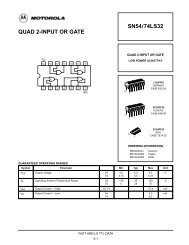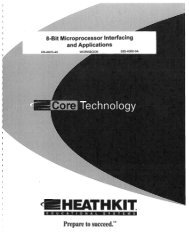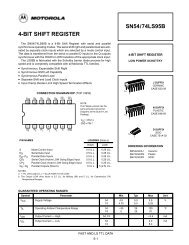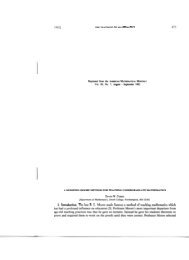Document Binarization with Automatic Parameter Tuning
Document Binarization with Automatic Parameter Tuning
Document Binarization with Automatic Parameter Tuning
Create successful ePaper yourself
Turn your PDF publications into a flip-book with our unique Google optimized e-Paper software.
Distance reciprocal distortion metric (DRD) attemptsto account for human perceptual salience byweighting errors according to pixel values in a local5×5 neighborhood, using weight matrix W computedas the normalized inverse distance.DRD = 1 ∑m n∑Γ ij (B ij ≠ G ij ) (19)N 8Γ ij =2∑2∑h=−2 k=−2i=0 j=0W hk (B ij ≠ G i+h,j+k ) (20)N 8 divides G into 8 × 8 blocks and counts the numberthat are non-uniform. Note that better binarizationswill have higher F-measure and PSNR, butlower MPM and DRD. For further details on thesemetrics, please read the DIBCO 2011 contest report[19].Algorithm 3 is similar to entry #11 that was actuallysubmitted to the DIBCO 2011 contest. Thatentry was based on a less comprehensive survey ofthe parameter space and thus differs in the settingof the static parameter values and in the range of cvalues tested. Entry #11 nevertheless had the highestmean F-measure across all the images, the lowestmean peak signal-to-noise ratio, the best mean misclassificationpenalty metric, and the fifth-best distancereciprocal distortion metric. Strangely, despitethese successes, entry #11 ranked only third in the officialDIBCO 2011 contest results, and the two otherentries that placed first and second had mean scoresover the full image set that were uniformly worseon all four measures. The scoring methodology ofthe contest chose the winner based upon summedranks over all images on various quality measures,rather than directly on the mean metric scores. Thetwo higher-rated methods ranked well on most images,and while they conversely showed extremelypoor performance on a few of the printed documentsthis ultimately had limited effect on the final score[19]. With rank-based scoring the comparison of onemethod relative to another is affected by the performance(and presence or absence) of all the othermethods in the contest.Table 4 compares the results of the algorithms developedin this paper <strong>with</strong> other recent methods onthe DIBCO 2011 image set. The first section showsselected entries from the contest (those that beat Entry#11 on at least one measure), the second sectionshows other recent algorithms 2 , and the third sectionshows the algorithms described in this paper, trainedusing the DIBCO 2009 and H-DIBCO 2010 imagesfor a fair comparison. The table gives the mean resultfor each of the four metrics averaged across allthe test images, and also the rank score total used todetermine the DIBCO 2011 winner. For algorithmsnot entered in the contest, the rank score is simulatedby treating the algorithm in question as an additionalentrant, indicated <strong>with</strong> an asterisk in the table. Ofcourse, adding a contestant changes the rank scoresof the actual entrants, making them worse wheneverthe new entry does better on an image. The modifiedscores of existing entries are not shown in the table,but the information is accounted for in the parentheticaloverall rank shown in the rightmost column. Asthe table reveals, either of Algorithms 2 or 3 wouldhave won the contest on rank scoring, and also easilyplace first in mean score on each of the four qualitymeasures as compared <strong>with</strong> all previous algorithms.4 Conclusion<strong>Tuning</strong> parameters offers both risks and potential rewards.Choosing the parameter values that performbest for a given image can lower binarization error bysubstantial amounts as compared <strong>with</strong> a static settingsuitable for generic images. On the other hand,poorly chosen parameter values can sabotage the result:the potential losses in binarization quality generallydwarf the potential gains. Thus one must becareful to tune only where there is reasonable confidenceof success.This paper has introduced a stability heuristic criterionthat helps to choose suitable parameter valuesfor individual images. The approach hypothesizesthat good parameter values are marked by lowvariability in the binarization solution <strong>with</strong> respectto changes in the parameter values. This criterionleads to an algorithm that successfully picks good c2 The numbers for Lelore & Bouchara exclude image PR6because its results were not available.14


